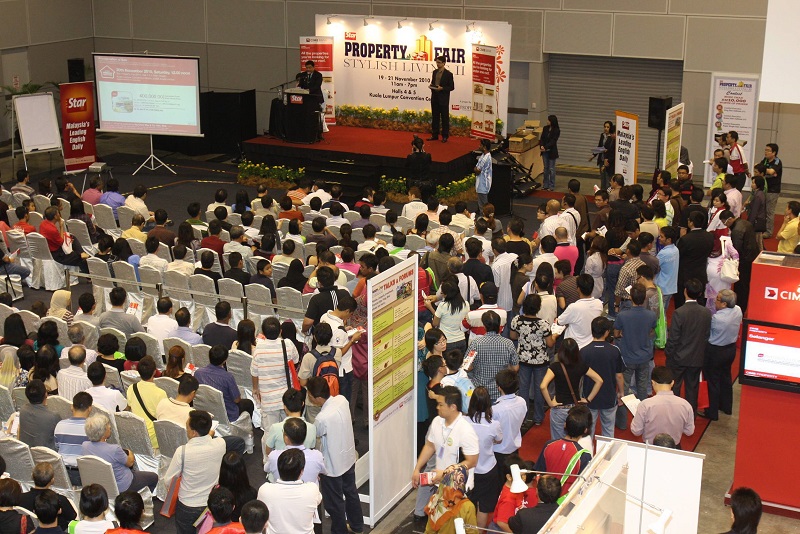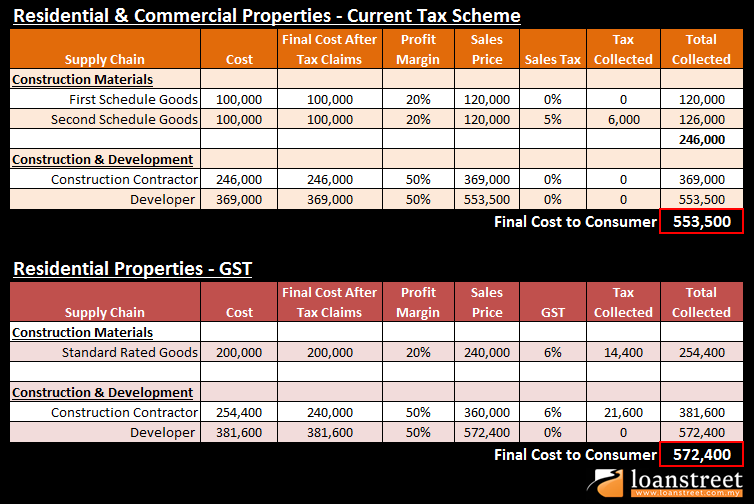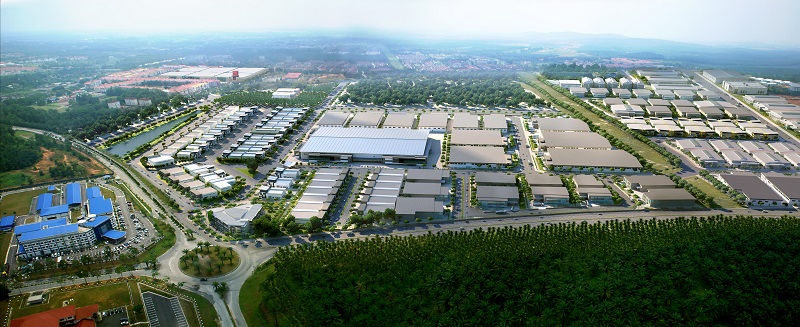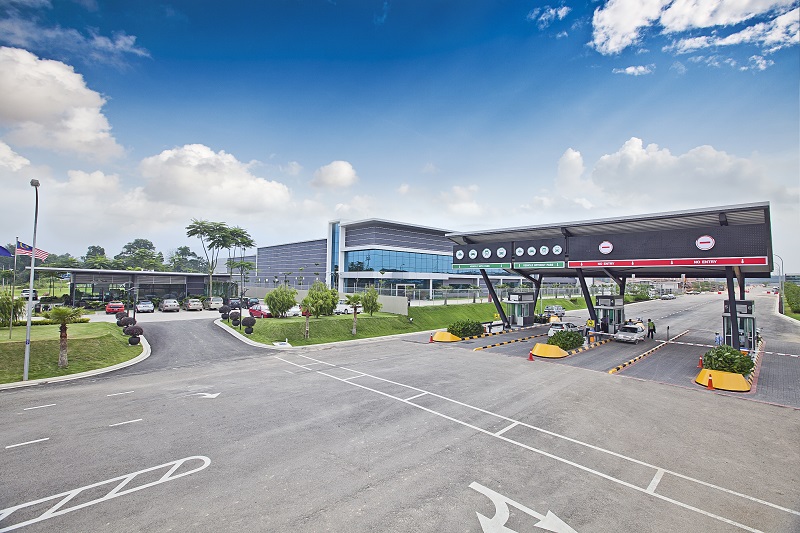AUCTIONS are generally associated with valuable or collectable items. After all, it is the highest bidder that gets the prize.
Take, for example, tuna auctions or the bidding war for art and antique pieces, whereby bidders are willing to outbid each other to get their hands on what they deem is the best catch of the day or the last of a unique piece.
But in Malaysia, property auctions are rarely percieved in the same light.
“Property auctions are mainly for distressed properties from banks. And although people are now more aware and accepting of auctions, many still believe properties for auction are quite a taboo,” said Property Auction House Sdn Bhd executive director Danny Loh.
It is estimated that some 200 properties are put up on auction by banks every month in Kuala Lumpur alone as borrowers are unable to meet their loan obligations. In Selangor, the figure hovers around 1,000 units.
Additionally, property auctions in Malaysia have been plagued by the presence of price-fixing syndicates and financial institutions are not exactly generous in funding purchases of auctioned properties, added Foong Chon Wai, a licensed auctioneer with Ng Chan Mau & Co Sdn Bhd.
“We definitely need more reputable auctioneers in the market. We want to raise transparency in the industry. And we need to continue educating owners on the benefits of auctions,” said Foong.
All these limitations aside, Foong said the property auction market has big potential here as the market is largely untapped.
Growing trend
The response to recent auctions has been overwhelming. At a recent CIMB Bank property auction, some 2,000 bidders showed up to get their hands on properties that were going under the hammer for prices below market value.
Loh said the increased interest in auctioned properties is due to the rising price of property.
“People don’t really have a choice. Property prices are going up and not many developers are building affordable housing. So auction fairs are one of the sources that helps meet the housing needs of the population,” he said.
Foong agrees that auctions are growing in popularity with investors seeking to get an asset for a steal.
“It is only at auctions that you can get a property below RM200,000. Although previously there were more investors at these auctions, now we are seeing more buyers looking for affordable homes,” Foong said.
He added that the auction market is also enjoying spillover from the primary housing market as new properties tend to be highly priced and mostly cater to the higher-income market.
Also, thanks to improving transport infrastructure, consumers are more willing to stay outside of the city centre, where most of the auctioned property is located.
Both Foong and Loh expect interest in auctioned properties to continue as banks are growing more tight-fisted and property prices are not expected to come down due to high land and construction costs.
But, apart from distressed properties, auctioneers are also hoping to see trends moving in favour of exclusive auctions where private owners opt to put their property up for sale via auctions instead of through property agents.
This would open up a whole new segment for the auction market and could potentially give the industry a much needed boost.
Loh noted that Property Auction House has carried out a few exclusive auctions, but they have not been very successful as such auctions are unable to draw sizeable crowds. But he is optimistic that it could be a growing trend in the future.
Stumbling block
Lee Bing Loon, another licensed auctioneer at Ng Chan Mau & Co Lee said the firm has been approached to carry out exclusive auctions but is reluctant to take on these cases as it is not fully confident of bringing the right crowd of interested bidders due to the stigma attached to auctioned properties.
Larger auctioneers are working together to raise the level of awareness on the benefits of sales by auction.
Auction firms also hope to establish a governing council for licensed auctioneers to raise the level of professionalism in the industry and work with the authorities to enforce stricter laws and regulations.
The lack of proper regulatory provisions is a stumbling block for the industry’s growth.
Among other challenges, Lee explained, is the low entry barriers into the auction industry, which only require auctioneers to have an SPM certificate and pass a competency interview. The licences are issued by individual states.
He added that there are now too many auctioneers. It is estimated that there are some 300 to 400 licensed auctioneers in Kuala Lumpur alone.
Industry observers note that many of the licensees are not full-time auctioneers. Thus, many do not do a good job in providing clients with professional services.
According to Loh, although there is growing awareness of auctions here, the Malaysian market is a far cry from established auction markets such as in Australia where auctions are a norm in property transactions.
“They do it very professionally. The owners and agents take pride in furnishing the properties and opening it up for viewing.
“And auctioneers dare to spend more on marketing the property because they have exclusive rights to sell off the property for their clients for a period of time.
“We do not enjoy that kind of exclusivity rights here so it is hard to allocate big marketing budgets for our auctions,” Loh said.
Certainly, more can be done to raise the profile of the auction industry. And education, auctioneers agree, is key to engaging consumers. Having mega auctions also gives the industry a more positive spin.
Foong is hopeful that the market will be more accepting of auctions as an option to sell off their property in three years time. He said an auction is the best way of determining the fair price of a property as people can bid for what they are willing to pay.
“Every time the hammer comes down, that is the fair value of the property,” he said.
Come prepared
CIMB Property Mart will be conducting two auction sessions on Sept 13 at the StarProperty.my Fair i-City Edition under Property Auction House and Ng Chan Mau & Co. More than 50 properties will be going under the hammer.
For prospective buyers considering auctioned properties, auctioneers point out a few things to do before the day of the auction:
- Inspect the physical property to have an idea on the as-is condition and identify if there are any building defects, illegal extensions/alterations and whether any major renovation or repair work is needed. Survey the surrounding area to ensure the locality is good such as no nearby high-tension cables and oxidation pond.
- Once you are satisfied with the condition of the property, contact the auctioneer to obtain a copy of the Proclamation of Sale. Read the terms and conditions carefully as they vary with different banks.
- Request or apply for a loan qualification with your friendly banker before bidding, to ensure you are able to meet the settlement timeline for the balance of payments.
- Conduct official titles search at the relevant land office and/or other relevant authorities. Check on the property’s lease tenure, restrictions in title, encumbrances and so on. Make necessary enquiries as to whether the sale is open to all races.
- Do some research on the fair market value of the property to avoid overbidding.
- On the day of the auction, don’t forget to bring:
- A bank draft or cashier’s order equivalent to 10% of the fixed reserve price.
- Your original as well as a copy of identification card (IC) while agents will have to produce a letter of authority from the intending bidder and a photocopy of the intending bidder’s IC. Corporate companies looking to bid will need to bring a certified true copy of the company’s Memorandum and Articles of Association, Forms 44, 24 and 49 as well as a board of director’s resolution.
- Additional funds to pay the difference between the deposit paid upon registration and 10% of the successful bid price.
>> Information provided by Property Auction House and Ng Chan Mau & Co







